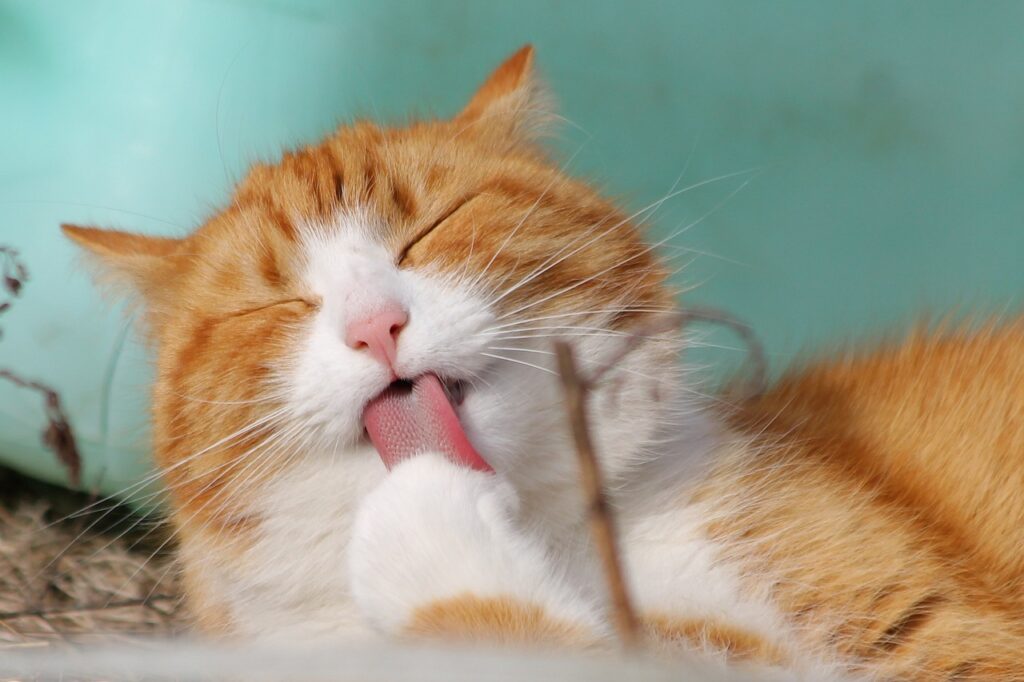Hairballs. The bane of every cat owner’s existence, yet a natural consequence of our feline companions’ meticulous grooming habits. While the sight (and smell) might leave you gagging, understanding hairballs and how to manage them is key to keeping your cat healthy and happy.

Unveiling the Hairball Mystery
What are hairballs? Hairballs are compacted masses of fur that accumulate in a cat’s digestive system during grooming. Cats groom themselves regularly to remove dirt, debris, and loose fur. While most of this fur passes harmlessly through their digestive tract and exits in the litter box, some gets caught, forming hairballs.
Signs and Symptoms of Cat Hairballs
- Coughing and hacking: This is the most common sign, often resembling a human attempting to clear their throat.
- Gagging and retching: Your cat might make heaving motions without bringing anything up.
- Vomiting: Hairballs eventually get coughed or vomited up. The hairball itself might be cylindrical, tube-shaped, or a hair-covered mass.
- Reduced appetite: The discomfort caused by the hairball can make your cat lose interest in food.
- Lethargy: You might notice your cat being less active and playful than usual.
Causes of Cat Hairballs
- Long fur: Longhaired cats, like Persians and Maine Coons, are more prone to hairballs due to the sheer volume of fur they shed.
- Excessive grooming: Underlying health issues like allergies, skin irritation, or dental problems can trigger excessive grooming, leading to more hair ingestion and hairball formation.
- Boredom and stress: An under-stimulated or stressed cat might groom excessively, increasing the risk of hairballs.
Caring for Your Hairball-Prone Cat:
Prevention is key.
- Regular brushing: Brushing your cat regularly helps remove loose fur before it gets ingested. The frequency depends on your cat’s fur length and shedding habits.
- Dietary changes: A high-fiber diet can aid in the passage of fur through the digestive tract. Consult your veterinarian about introducing a hairball control formula.
- Environmental enrichment: Provide your cat with plenty of mental and physical stimulation through interactive toys, scratching posts, and climbing structures.
Managing Cat hairball:
- Hairball lubricant: Veterinary-approved hairball lubricants can help ease the passage of hairballs through the digestive system.
- Treats: Hairball treats often contain ingredients like fiber and petroleum jelly to aid in hairball passage.
- Veterinary attention: If your cat experiences frequent hairballs (more than once a month), vomiting blood, or shows signs of distress, consult your veterinarian. They can rule out any underlying health conditions and recommend appropriate treatment.
Remember: Hairballs are a common feline occurrence, but excessive hairball formation can indicate underlying issues. By implementing preventive measures and seeking veterinary guidance when needed, you can ensure your cat tackles the world (and their grooming routine) with confidence and comfort.


